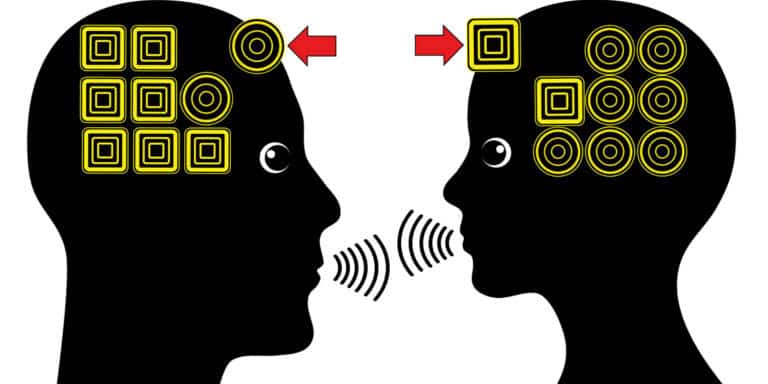Communicating New Company Values Clearly

Powerful value communication transforms workplace culture, but most leaders make critical mistakes that undermine their efforts and leave employees confused.

Powerful value communication transforms workplace culture, but most leaders make critical mistakes that undermine their efforts and leave employees confused.

Organizational rumours spread faster than wildfire during change—discover the proven communication frameworks that stop misinformation before it destroys morale.

Overcome team miscommunication chaos with proven protocols that transform scattered conversations into streamlined collaboration—discover the framework that changes everything.

When organizational changes leave customers bewildered, these proven communication strategies transform confusion into clarity—but the deepest transformation secrets lie ahead.

Do you ever feel like people aren't truly listening to you? Or do you find yourself zoning out during conversations, thinking about what you're going to say next instead of actively engaging with the person speaking? If so, you're not alone.

Have you ever been in a meeting where the speaker is talking about a change initiative, but you can sense an underlying tension in the room?

Active listening allows you to truly hear and understand the concerns and perspectives of others, leading to better decision-making and a more cohesive team.

By implementing strategies such as maintaining eye contact, asking open-ended questions, and avoiding distractions, you can improve your active listening skills and become a better communicator.

By mastering empathy, you can build stronger relationships with your team members, increase trust, and foster a culture of collaboration.

By actively listening, you show empathy, understanding, and compassion.